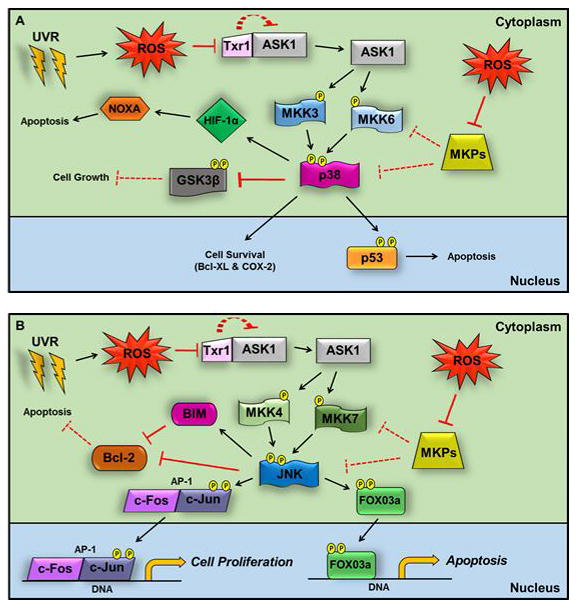Figure 3. UVR-induced reactive oxygen species activate p38- and JNK-dependent signaling.
UVR-induced activation of p38 and JNK in keratinocytes can elicit both pro- and anti-survival mechanisms. (A.) In the presence of ROS, ASK1 is activated by dissociation from Trx1. ASK1 phosphorylates MKK 3 and 6, which activate p38 by phosphorylation at Thr180 and Tyr182. ROS production also inhibits MKPs, which results in increased p38 activation. Once activated, p38 can act on multiple targets. It can promote apoptosis by phosphorylating p53 at Ser33 and Ser46 or induce NOXA-dependent apoptosis through increased protein expression of HIF-1α. Conversely, p38 can increase cell survival by upregulating Bcl-XL and COX-2 or direct phosphorylation of GSK3β at Thr43 and Thr 390. (B.) Analogous to p38, after phosphorylation by ASK1, MKK4 and 7 activate JNK by phosphorylating Thr183 and Tyr185. Reduced MKP activity can also activate JNK. JNK targets include the AP1 transcription factor, which stimulates cell proliferation in the presence of UVB as a result of JNK phosphorylation of c-Jun at Ser63 and Ser73. Conversely, JNK can respond to excessive damage by activating apoptosis. High dose UVB can induce JNK-dependent nuclear localization of the pro-apoptotic factor FOXO3a, and JNK can inhibit the pro-survival Bcl-2 either directly or indirectly though activation of BIM.

